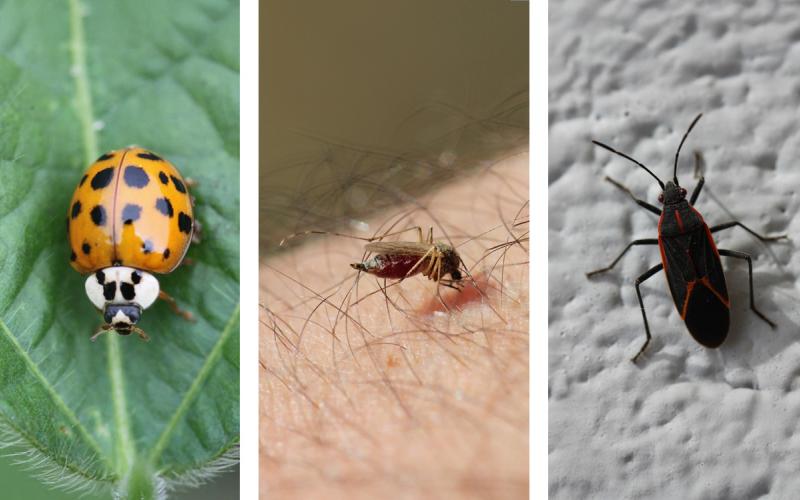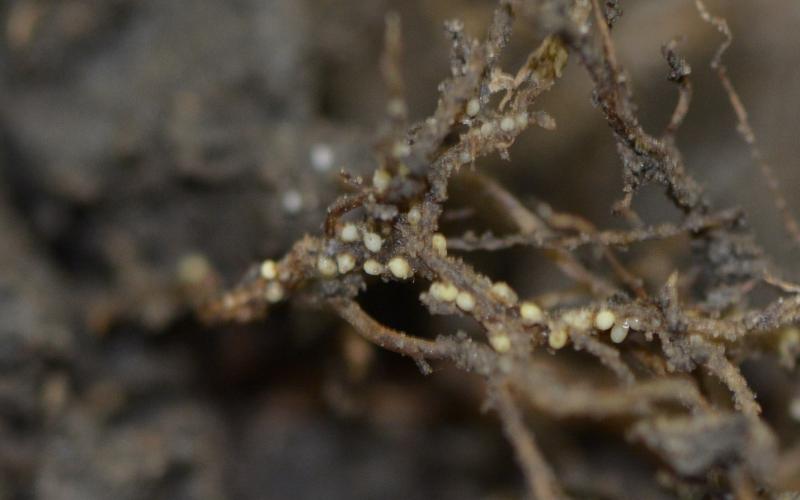Originally Updated: June 24, 2021
Soybean gall midge larvae were observed in South Dakota soybean this week. Although insecticide applications haven’t been very effective at this stage, it is still important to scout fields and determine the location and extent of soybean gall midge infestations. This information will help identify problem fields and indicate where adult monitoring needs to occur during the spring of 2022.
If you find soybean gall midge infested fields please email us or tweet a picture of the infested plant to @SDSUExt_Insects and include the county where the infestation was observed.
Scouting for Soybean Gall Midge
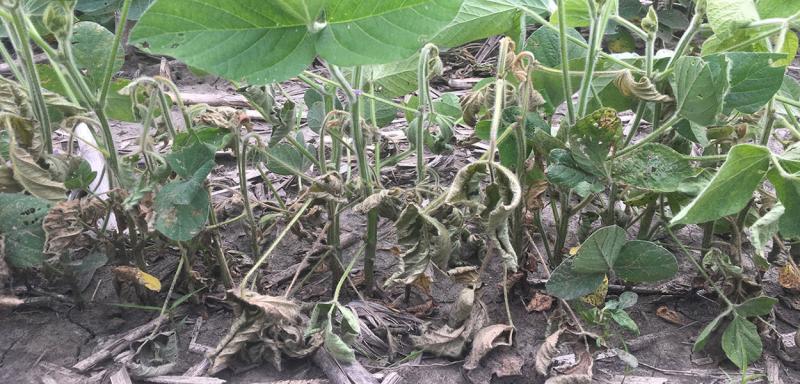
Field Evaluation
Scouting for soybean gall midge can be as simple as looking for wilting or dying plants along field edges (Figure 1). However, it can be rather difficult if the plants are currently asymptomatic. If you have soybean that recently lodged, you should scout the plants to determine if soybean gall midge larvae infestations caused the lodging.
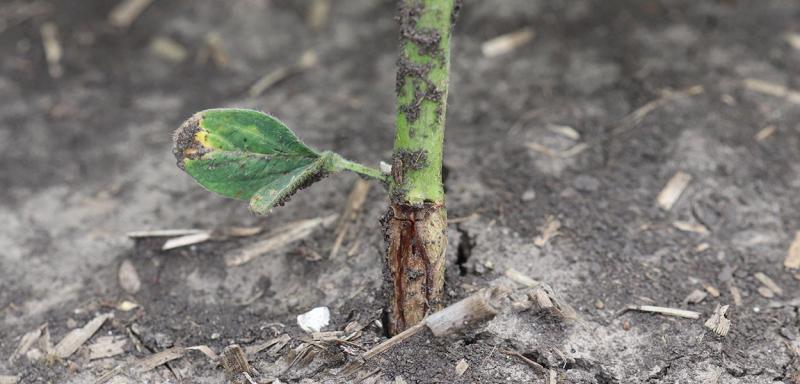
Stem Base
If your plants are currently asymptomatic, the first step is to evaluate the base of the stem near the soil surface. A soybean gall midge infested plant will be slightly swollen at the base with a noticeable brown discoloration on an otherwise tan/green stem. The stem will also have a noticeable scar from an early growth split at this area (Figure 2).

Discolored Site
Once a plant with this characteristic is found, pull the plant from the soil and evaluate the discolored site for any signs of soybean gall midge larvae (Figure 3).
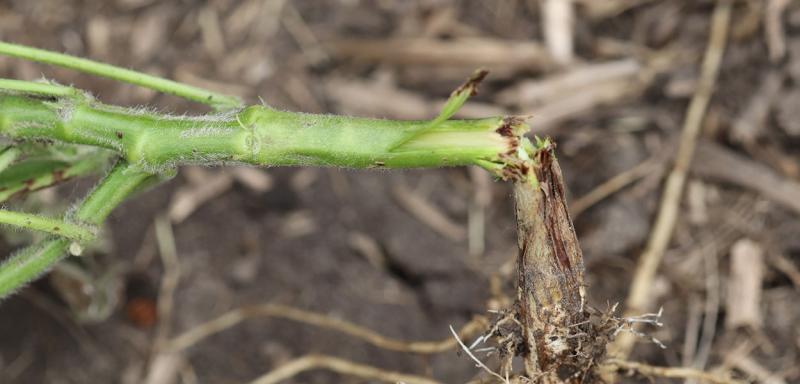
Break Point and Epidermis
Apply pressure above the discoloration on the stem and break the plant (Figure 4). Once the stem is broken, look for soybean gall midge larvae near the break point. Also, begin peeling back the epidermis in the discolored area on the stem.
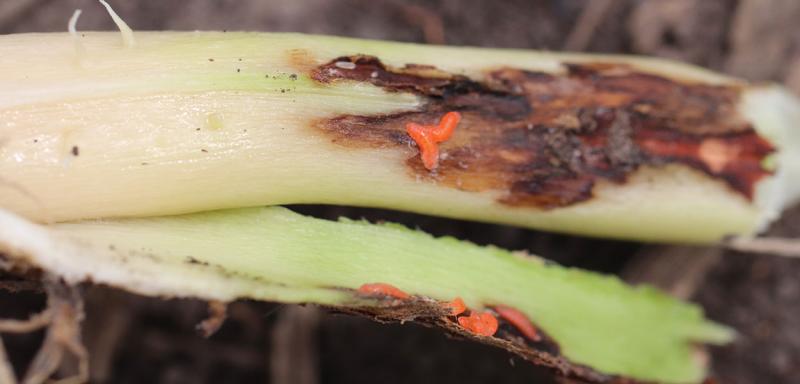
Larvae Presence
When soybean gall midge larvae are present, you will find small white, pink or orange maggots on discolored areas of the epidermis and stem (Figure 5).

